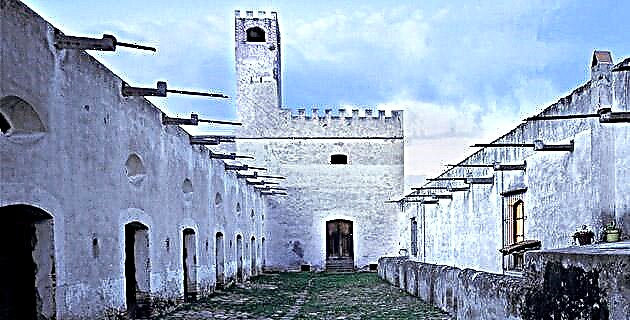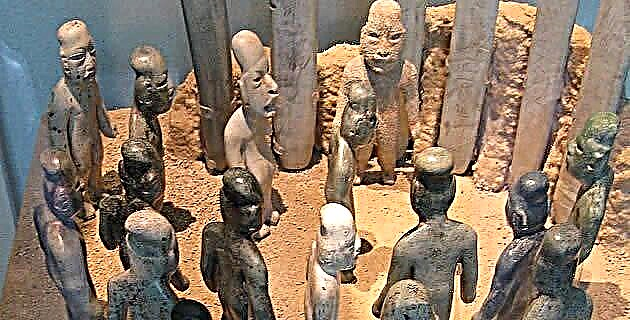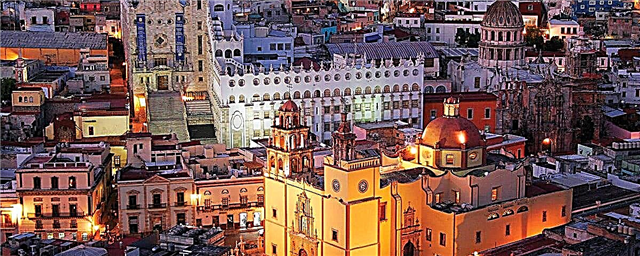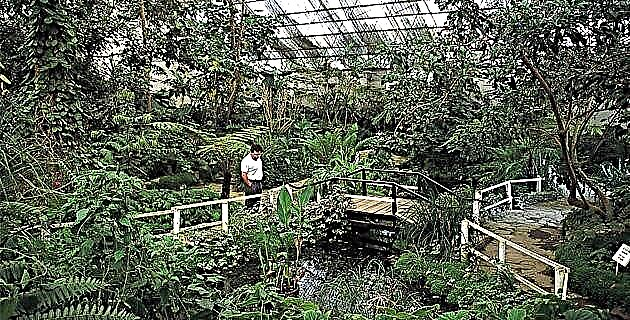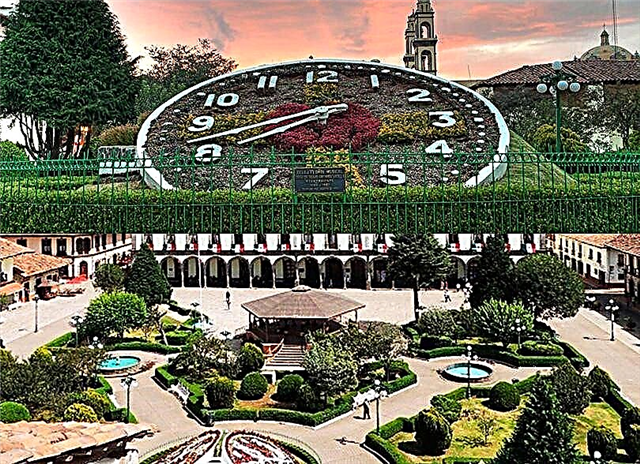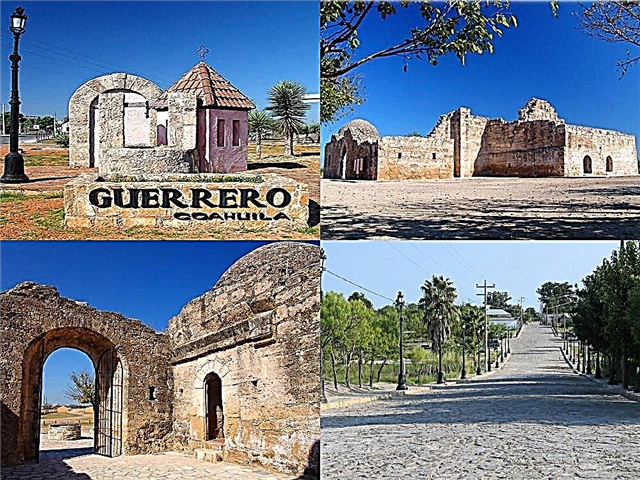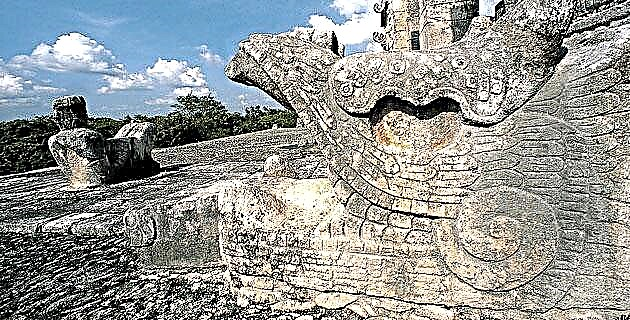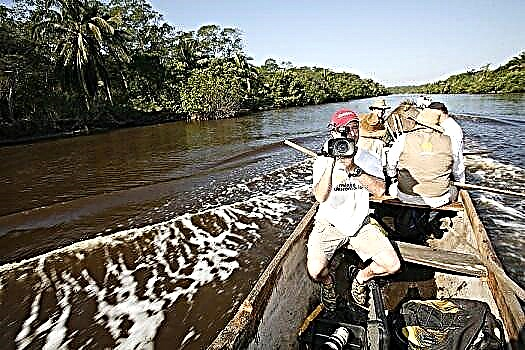
This is the continuation of the story of our Mayan cayuco. Once repaired, we had to consider its possibilities of displacement before planning the first expedition up the Usumacinta, so we went personally to take this second step and start the ancient Mayan river route.
There were many questions that ran through our minds when we made the decision to go to Tabasco to embark on the Mayan cayuco just rescued from abandonment.
It would be precisely us, the team that makes Mexico unknown, the one that plans the magazine, publishes it and designs it, who would live the experience of sailing for the first time in that canoe that was built as part of an ambitious project, which had as its ultimate goal travel the trade routes of the Mayans by rivers and lagoons and by sea, in a boat that had the necessary dimensions for it, built in a single piece with techniques of the time and with attachment to historical sources, which would confirm the hypotheses of the specialists and provide the experience to complement the study of Mayan navigation.
The canoe was there, Alfredo Martínez found it under that tamarind tree where Don Libio, owner of the huanacaxtle that was knocked down to build it, placed it trying to protect it with his shadow until we went for it. 14 long years passed and Don Libio waited. It needed to be repaired and Alfredo found a carpenter and transferred it to his workshop in the small community of Cocohital.
We knew that the cayuco was fixed and that it was necessary to test it in the water and consider its possibilities of movement before planning the first expedition on the Usumacinta. Would it have enough stability?Considering its size and weight, would it be slow and difficult to guide or just the opposite?
We also knew that river canoes are light and with low sides; ours was a solid sea canoe with high gunwales and bows and stern raised to resist the waves. Would it work for navigating the river and the sea? How would the oars have to be considering the height of the gunwales? And the steering, would it be simple?
We had to consider that the Mayans transported goods in these types of boats, in addition to rowers and merchants, how many of us should row to test their efficiency? And visualizing the route through the Usumacinta, how to make up the equipment and the proportion of the cargo?
To Cocohital
In the municipality of Comalcalco, in an area of estuaries near the Machona lagoons and Las Flores lagoons, there is a small community called Cocohital. That was our destiny. There, Don Emilio, the carpenter who took charge of the repair of the canoe, was waiting for us. We have always felt like part of a living publishing project, as alive as the people who inhabit this wonderful country. We plan, we search, we organize, but we had to live this.
Thus, moved by enthusiasm, we arrived at Cocohital, but not before visiting the archaeological zone of Comalcalco, which, among sarahuatos and tarantulas, received us lonely, full of light. What stands out immediately is the careful maintenance of the green spaces, which contrasts with the whitish and yellowish tones of the buildings built with bricks, which show off their blackish patina.
It would seem that we were doing it with excitement to get to Cocohital. Alfredo had told us so much about the cayuco! We even have a video of how he rescued him and took him there that you can see in this special section of Adventure in Cayuco. After a while of small roads that cross beautiful very green communities, with their houses with front gardens, where children played, we arrived a little anxious. When we got out of the truck, there was the huge canoe, next to Don Emilio's carpentry workshop, as if waiting for us to get to the water, which to tell the truth, was a couple of meters away. We didn't comment on it, but we were relieved to see that it would be easy to navigate. And it is that for a group of city dwellers, everything seems like a feat.
After meeting Don Emilio's family, who were very busy preparing food and catching huge crabs, we started with the preparations. We made vests, gloves, paddles, caps and a little copal to do our exit ritual. Don Emilio had prepared us some long oars, like the ones that are used here, suitable for anchoring in small boats, and with them we armed ourselves to go out rowing.
Teamwork
Don Emilio believed that it would take us longer to test the boat. He told us that the repair was done with great pleasure, since this type of cayuco has not existed in the area for a long time. The reasons are several, the first, because there are no longer trees so big to make them in one piece; the second, that if there were good logs, I would not waste in making just one, but with that wood I would make at least six; and third, because it is very expensive, at present our cayuco would cost approximately 45 thousand pesos, just labor.
Thus, talking, everything was arranged for the crucial moment: throw it into the river. We learned that with ropes and some logs, almost anything can be done… I was already in the water!
The trip was fun. It was all a matter of teamwork and coordinating so many oars. They were so long! That there was one or another blow to the one behind. Once the matter of coordination was mastered, we took a good pace along the Topilco River. The goal was to reach the Machona lagoon, a few kilometers upriver. Don Emilio was giving us directions from his motor boat; which was very convenient, since when we got very close to the mangroves due to a bad direction, it warned us in a timely manner of an eminent onslaught of bees, from which we managed to flee in time and of the presence of "aguamalas" when we decided to take a dip to refresh ourselves. We paddled about 7 kilometers and the qualifying score wasn't that bad. We did not lose any partner nor were there any losses. Some water was put in and the benches, which were not ready, will be necessary for the expedition to the Usumacinta, but for now, everything turned out fine.
The return was a bit heavy, because it went against the current, but we were already experts. It was a delight to enjoy the surroundings, the life on the riverbank. Everything seemed calm and today we wonder how those crab-fishing children are, those women who joyfully went down to collect water for their homes and the family who so generously made us eat shrimp broth, fried fish and crab salad. But above all he shared his house with us, we talked and lived with his children and rested in the shade of his terrace, enjoying the last rays of the sun that played in the jungle undergrowth and in the river water.
Where to sleep?
If you want to visit the archaeological zone of Comalcalco, you can stay in Villahermosa, which is approximately 50 minutes away.
Quinta Real Villahermosa Paseo Usumacinta 1402, Villahermosa, Tabasco
Simulating a Tabasco hacienda, full of details typical of the region, it has been characterized as a new museum, as it exhibits facsimiles of the poet Carlos Pellicer, courtesy of the UNAM, as well as replicas authenticated by the INAH of masks from Comalcalco and Tenosique . In the central courtyard you can also see replicas of the King's Altar and Altar no. 4, which have their originals in the La Venta Museum, in this city. In addition, Quinta Real Villahermosa has an art gallery named Miguel Ángel Gómez Ventura, where works by renowned Tabasco artists, painters and sculptors such as Román Barrales are exhibited. It also offers its guests and clients the most representative dishes of Hispanic-Mexican and international cuisine, as well as the best of the typical cuisine of the region in its Persé Restaurant.
How to get
Get to know Tabasco and all of Mexico with Bamba Experience, a leading company in the adventure tourism industry. It has the innovative hop-on hop-off transport method (get on-off) and stay as long as you want on the route that goes from Mexico City to Cancun, passing through Puebla, Oaxaca, Chiapas, Campeche, Yucatán and Quintana Roo.
This service operates with a local guide and stops along the way for activities, such as a guided walk in the cactus desert of Zapotitlán de Salinas; 4 × 4 motorcycles in San José del Pacífico; surfing class in Puerto Escondido; ride in the Sumidero Canyon, Chiapas; visit to the waterfalls of Agua Azul, Misol-ha and the archaeological zone of Palenque, Chiapas and a guided walk in the new seventh wonder of the world: Chichen-Itzá. They also offer tours from one to 65 days organized with all inclusive.

